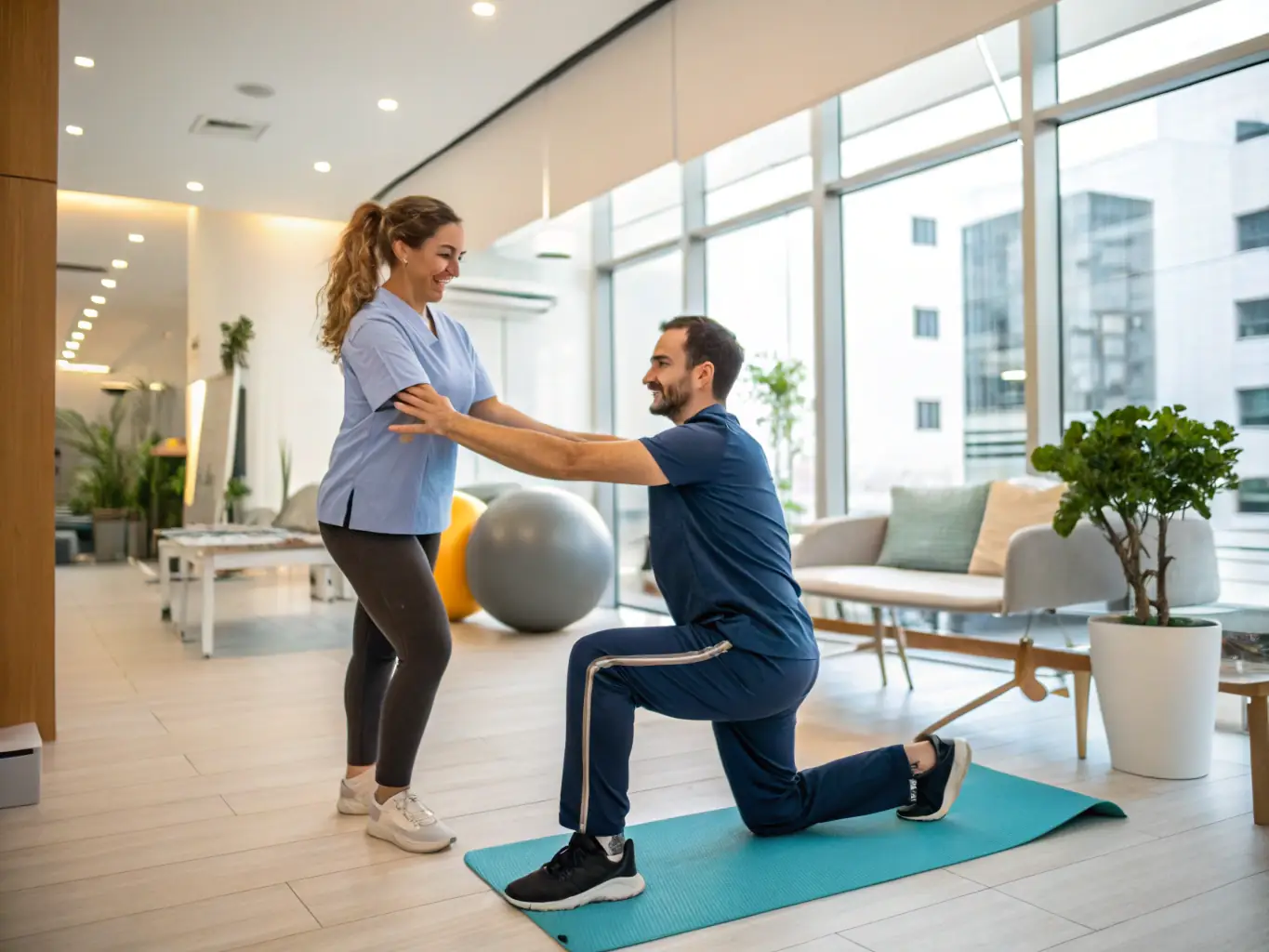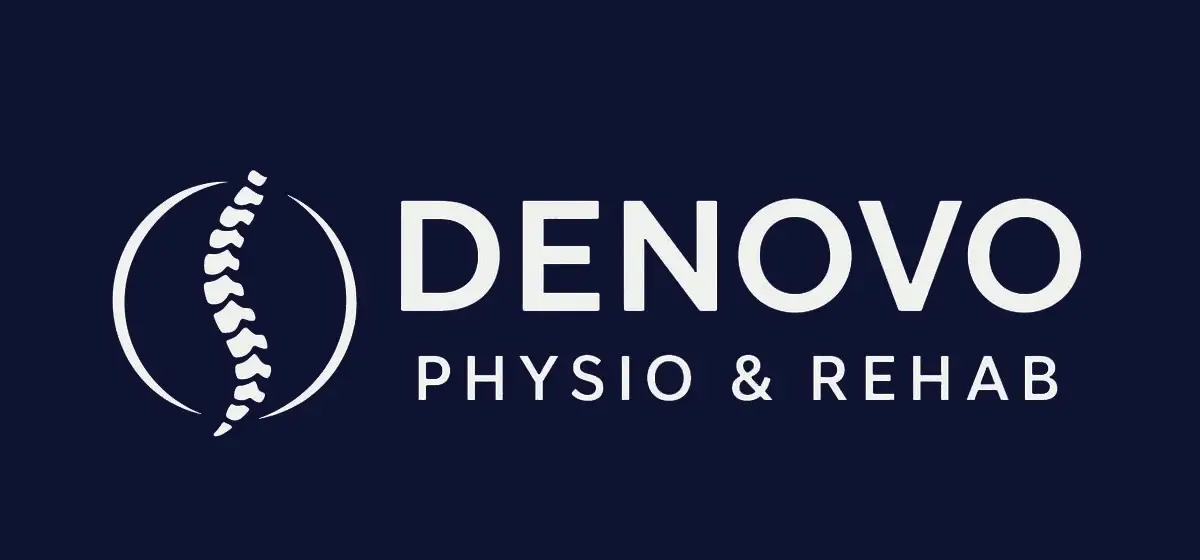Denovo Manual Therapy: Lasting Relief
Integrated Treatment for Lasting Results
- Manual Physiotherapy – To correct biomechanical dysfunction, reduce pain, and restore healthy tissue function at its source.
- Advanced Electrotherapy & Biofeedback – To improve neuromuscular control and support faster, more efficient healing.
- Active Rehabilitation – To embed and reinforce functional gains through personalised exercise in our fully equipped clinical gym.

Personalized Exercise Programs

Hands-On Manual Physiotherapy

Advanced Electrotherapy & Biofeedback
Clinical Objectives
- Pain Modulation: Directly influencing the nervous system to reduce the perception of pain.
- Restoration of Optimal Joint Kinematics: Correcting aberrant joint motion to improve function and reduce mechanical stress.
- Improvement of Tissue Extensibility: Enhancing the mobility and flexibility of muscle, fascia, and neural structures.
- Reduction of Soft Tissue Inflammation and Swelling: Promoting lymphatic drainage and local circulation.
- Enhancement of Neuromuscular Control: Improving the feedback loop between muscles and the central nervous system.
Manual Therapy Techniques We Use at DENOVO
Our physiotherapists are proficient in a comprehensive portfolio of evidence-based manual techniques. Your treatment will be formulated from the following modalities based on your clinical presentation
Our physiotherapists in Preston use a range of evidence-based manual therapy techniques tailored to your specific needs:
Joint Mobilisation
Skilled, graded oscillatory movements applied to a joint capsule to restore normal arthrokinematics (glide, roll, spin). This technique helps reduce joint stiffness and alleviate pain.Myofascial Release
A specialised technique targeting the fascial system—the connective tissue that surrounds and supports muscles and organs. It releases abnormal tension, improves mobility, and reduces discomfort.Trigger Point Release (Ischemic Compression)
Application of precise, sustained pressure to neuromuscular trigger points (“muscle knots”) to resolve localized tension and relieve both local and referred pain patterns.Muscle Energy Techniques (METs)
An active method where the patient performs a controlled muscle contraction against the therapist’s resistance. This leverages autogenic and reciprocal inhibition to relax tight muscles and realign joint position.Strain-Counterstrain
A gentle technique involving passive body positioning into a pain-free state. It works by resetting neurological pathways responsible for muscle guarding and dysfunction

